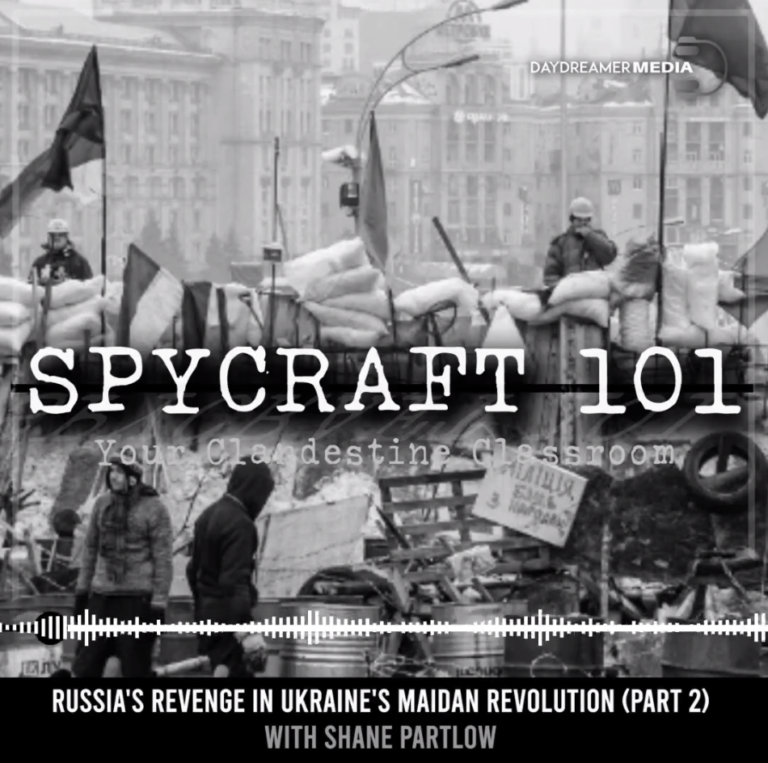An unwilling Soviet assassin killed two Ukrainian expatriates in West Germany before his own dramatic escape and defection. Bogdan
Stashynsky was recruited by the Soviet NKVD at the age of 19, after he was arrested for riding on a train without a ticket. He was pressured into collaborating with them and eventually traveled to Munich to spy on Ukrainian nationalists who were opposed to the Soviet government. In 1957 he was shocked to learn he’d been selected to assassinate a man he had been following, named Lev Rebet.
The NKVD provided Stashynsky with a brand-new weapon, a gas gun that sprayed liquid cyanide when triggered. Stashynsky practiced by firing water-filled glass ampoules, then purchased a dog for a real test of the cyanide’s effectiveness. The dog died within three minutes of being sprayed in the face. The weapon worked as advertised.
Stashynsky stalked Rebet and killed him so efficiently that the police didn’t investigate it as a murder, assuming it was a heart attack since there was no evidence of a wound. Two years later, Stashynsky was again told to kill another Ukrainian leader, Stepan Bandera. This time he was given a double-barreled gas gun. He waited for Bandera outside the man’s apartment one day, then met him on the third-floor landing as Bandera returned home. The poison gun was concealed in a rolled-up newspaper.
As Bandera opened his door, Stashynsky sprayed him and watched as his face turned black and purple almost instantly. Racked with guilt over what he’d done, Stashynsky defected from East to West Berlin with his wife in August 1961, just hours before the Berlin Wall went up. He confessed everything and served eight years in prison for murder. The gas gun is now on display at the International Spy Museum.
For episode 20 of the Spycraft 101 podcast, I interviewed Dr. Serhii Plokhy, author of The Man with the Poison Gun. His book is the definitive history of the story of these incredible assassinations and Stashynsky’s subsequent dramatic escape to the West.



